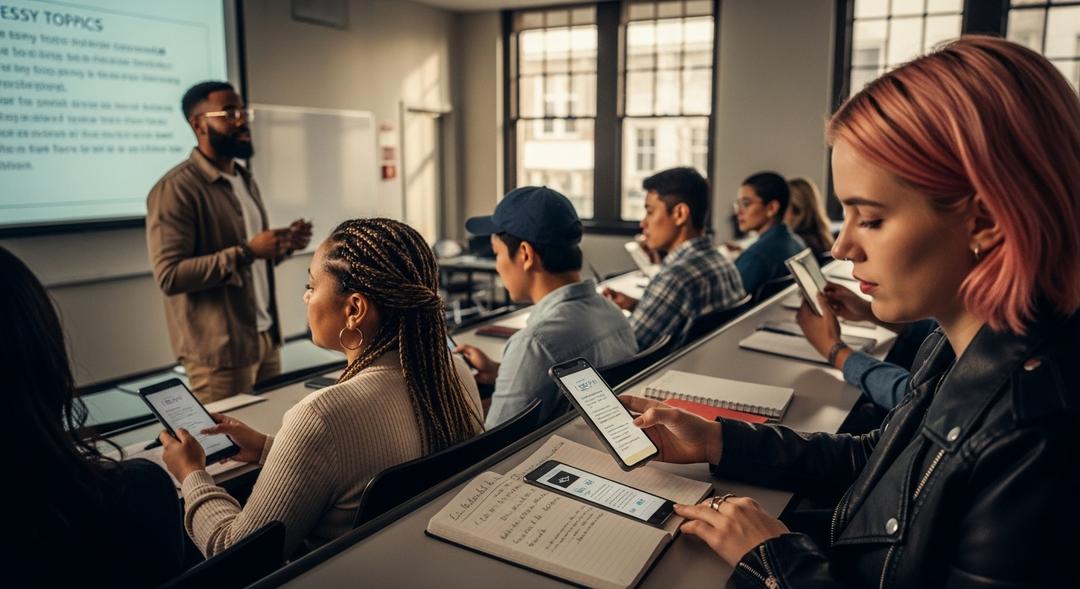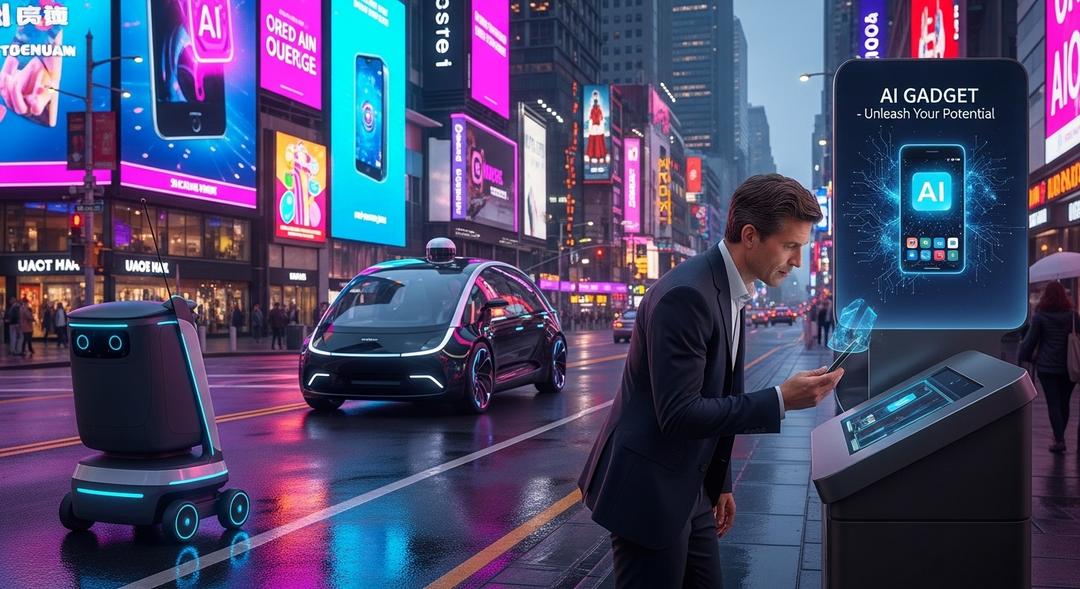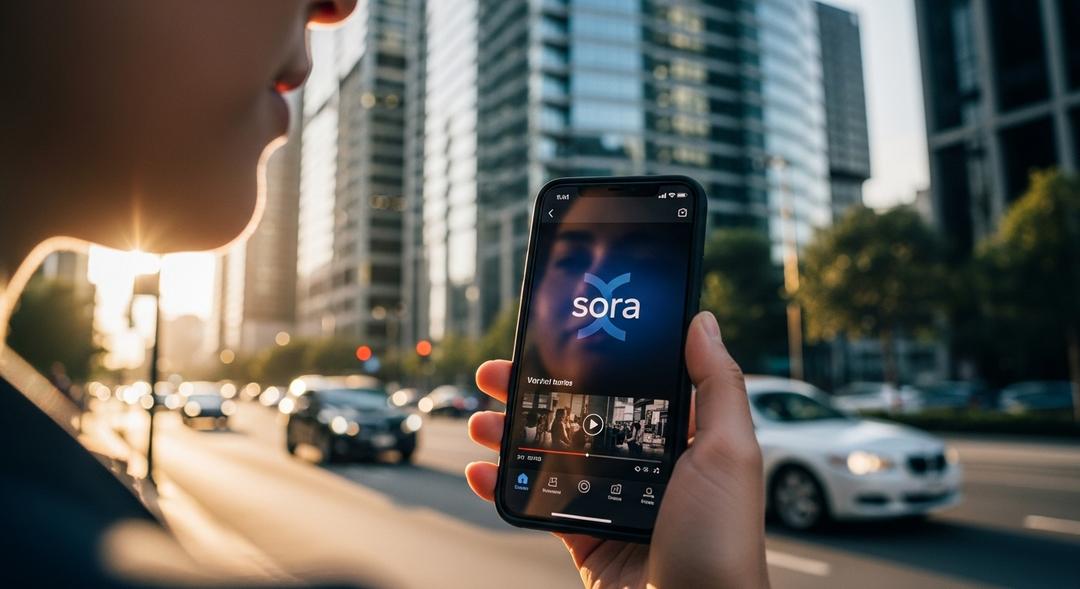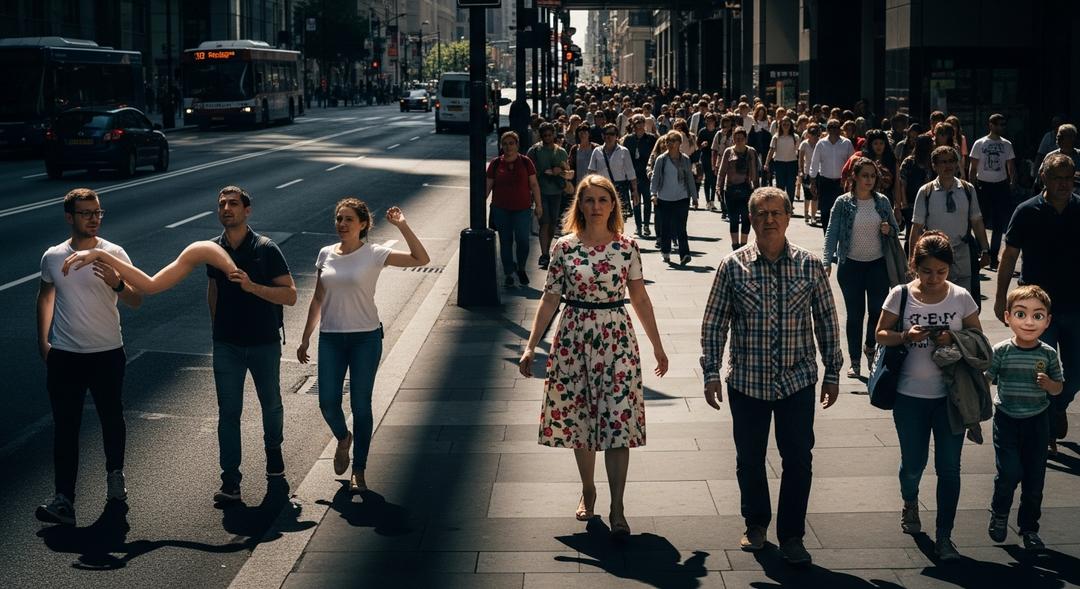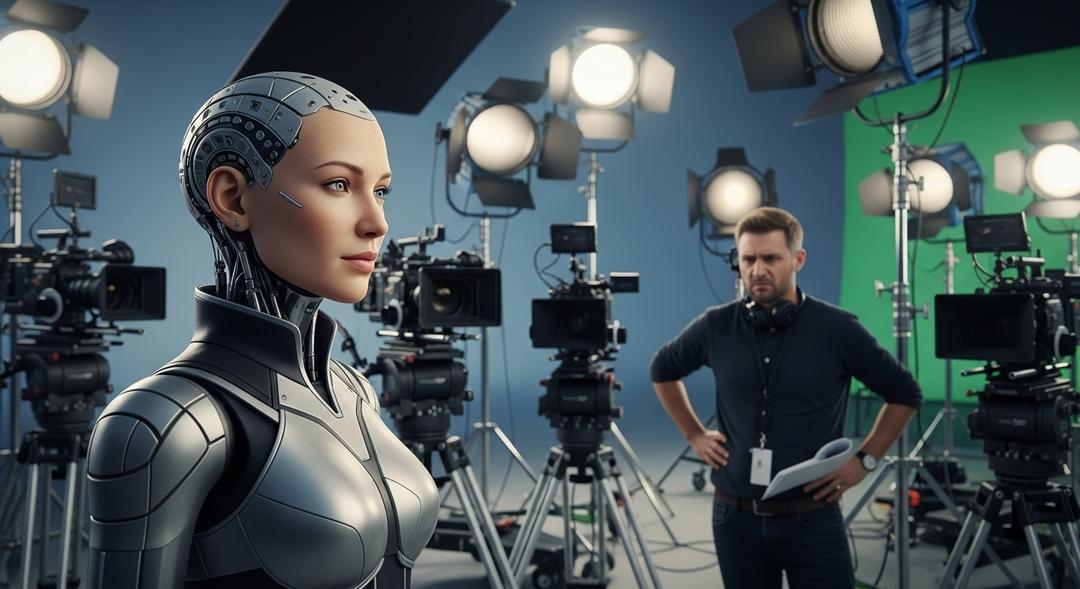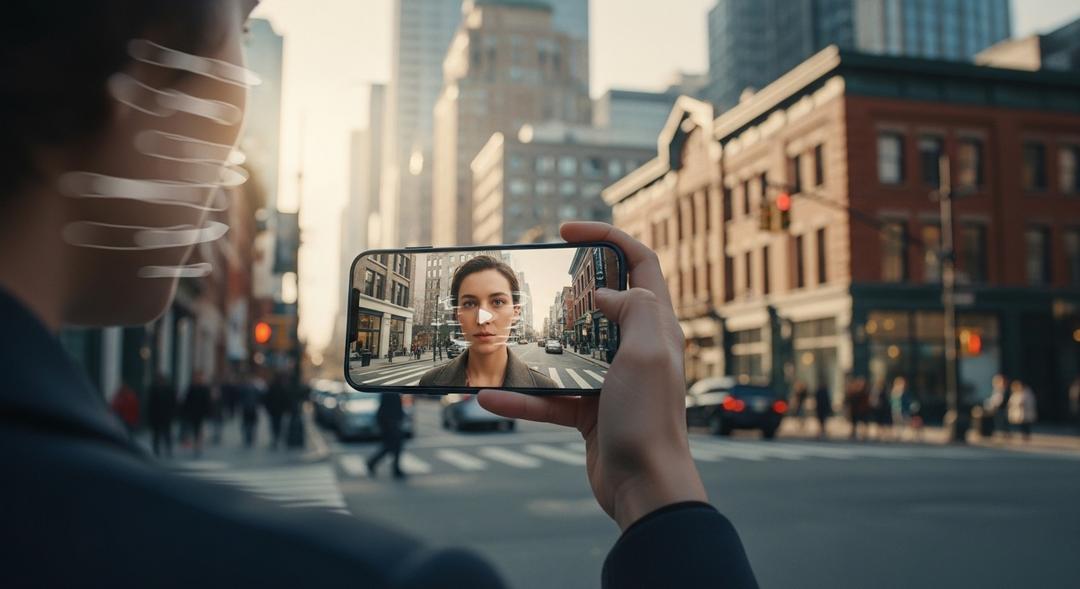The quiet buzz in college libraries sounds a lot different these days.
Students hunched over laptops often aren’t wrestling with their own words, but with the latest chatbots that draft everything from their homework to their essays. For some, artificial intelligence is now less a tutor and more a stand-in writer. Teachers are painfully aware. “So many of my students are using AI and I know that so many more students are using it and I have no idea,” admitted one professor, hinting at the magnitude of the issue.
Assignments once meant as exercises in critical thinking have turned transactional. Many students simply copy course prompts into tools like ChatGPT, ask for a few pages, and hand in the auto-written result. A few professors have tried to catch cheaters with trick prompts — one reported slipping random words, like “broccoli” or “Dua Lipa,” into instructions to see if they pop up in the returned AI-crafted essays. But most students clean up the text just enough to cover their tracks.
This defenses game makes it tough for teachers to prove misconduct. AI detectors exist, but they’re shaky at best, with results that rarely hold up to serious scrutiny. That ambiguity has left some faculty ready to give up. “I’m nearing retirement, so it’s not my problem, and good luck figuring it out, younger generation,” another professor confided.
The Culture Shift Hits Classrooms
For many students, there’s a strange mix of indifference and anxiety about this new normal. One University of Wisconsin student described her realization last fall: “I realized AI was a problem last fall, walking into the library and at least half of the students were using ChatGPT.” That moment of recognition revealed a classroom dynamic where real discussion evaporates. In one psychology course, students referenced obscure studies that hadn’t been covered, making conversations sterile and disconnected.
Faculty often feel abandoned as well, pointing out that administrators seem hands-off, hoping the trend will pass without intervention. During moments of crisis, like the pandemic, universities adapted overnight. But with AI, they appear content for now to let things slide, especially since tuition revenue keeps flowing and the broader threat to academic integrity does not yet pinch the bottom line.
Tech companies have spotted a golden opportunity, marketing AI services to universities and even debuting chatbots for children below teenage years. Meanwhile, there have been reports that big players in the AI space are holding back on releasing tools that could effectively detect their own outputs.
Beneath it all, a fundamental question lingers. Are these growing pains, the same kind of worries older generations always have about new technology, or has something essential shifted in the way we learn and prove what we know? The debate goes on, but the struggle with AI use in student assignments are forging a new reality that everyone else is still scrambling to define.
